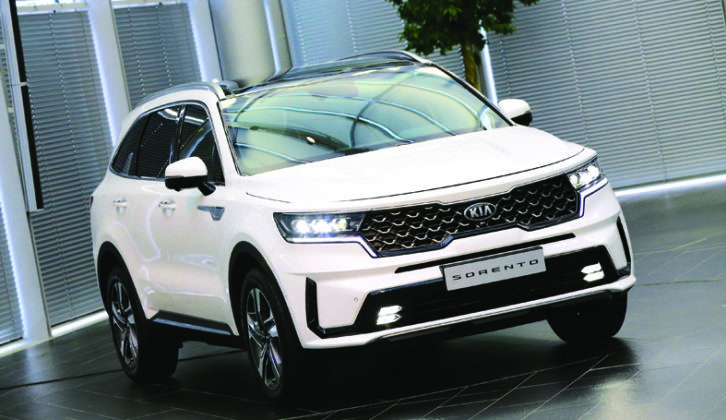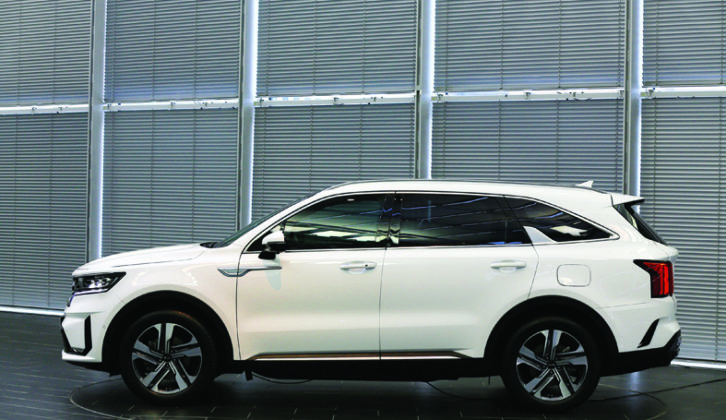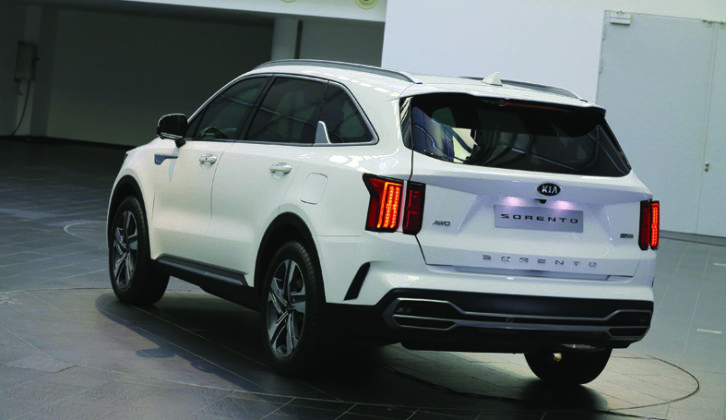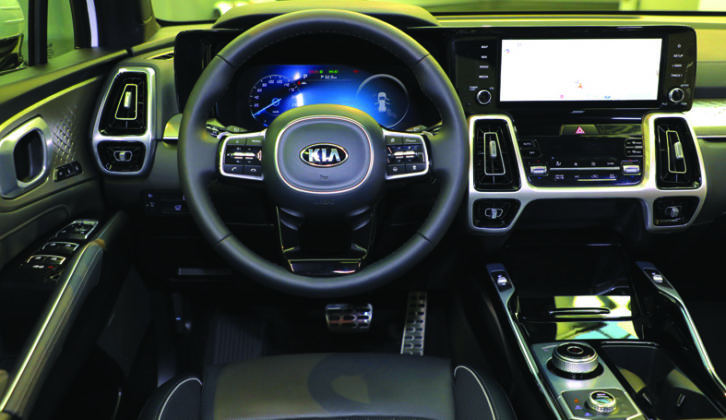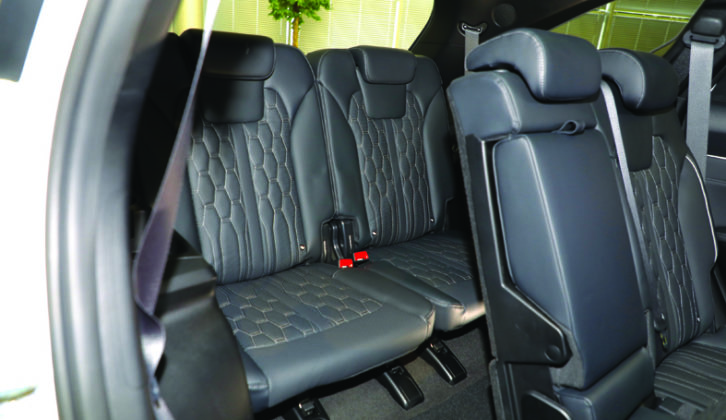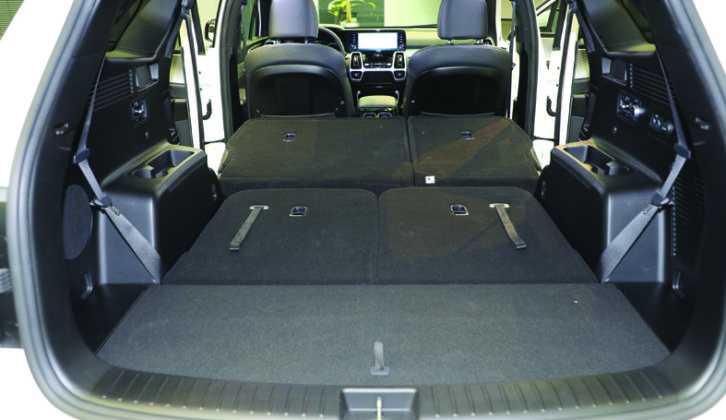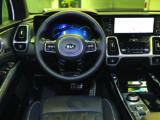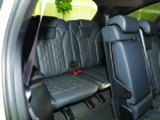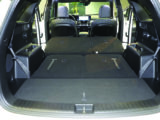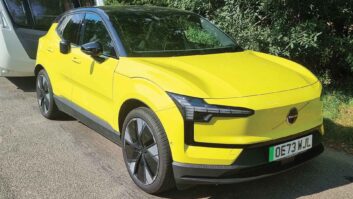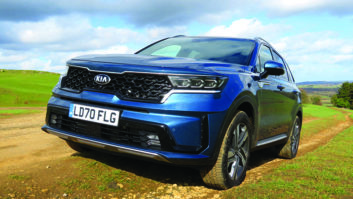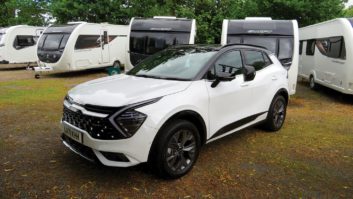If you don’t own a Kia Sorento yourself, there’s a good chance you know someone who does. Over nearly two decades, few cars have been so popular with caravanners. Here we take a look at the new fourth generation of Kia’s flagship SUV.
New look, new platform
While its proportions remain similar to those of today’s Sorento, the new model’s exterior styling is sharper and looks far more assertive. The new interpretation of Kia’s ‘tiger nose’ grille enhances this, while LED daytime running lights are also a welcome addition.
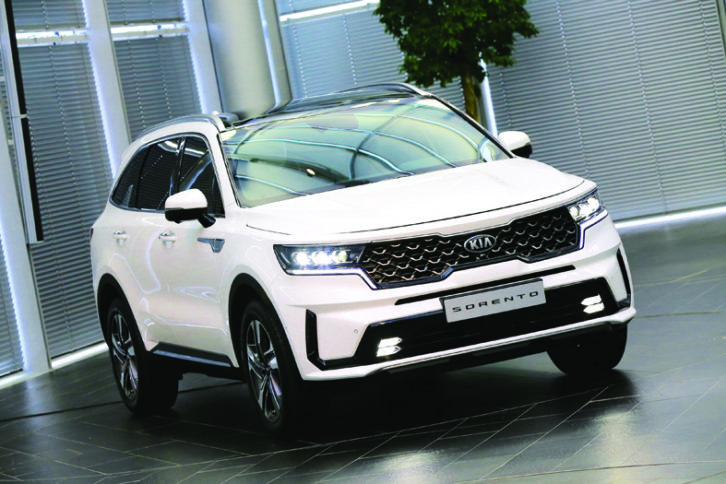
Underneath the new body sits an entirely new platform, designed from the start to include a hybrid drivetrain – the first time that a Sorento has been partly powered by an electric motor.
The introduction of hybrid and plug-in hybrid models is not the only change aimed at lower emissions and improved efficiency: the new Sorento is much lighter than its predecessor. The use of high-strength steel and aluminium has allowed Kia to shave 21.3kg from the bodyshell, while still improving torsional rigidity. And the new diesel is 38.2kg lighter than the old engine.
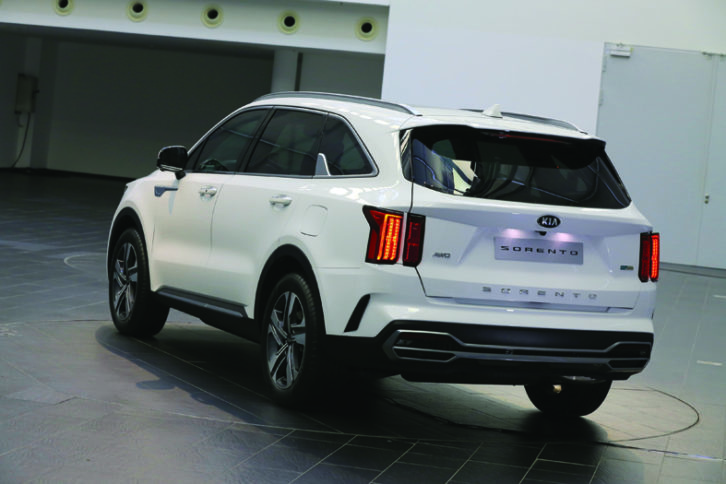
Lots of small weight savings add up, so the new diesel Sorento 4×4 seven-seat auto has a kerbweight of 1819kg, down from 1949kg. That gives an 85% match figure of 1546kg, which places it well within the 2500kg towing limit.
It’s worth noting that these figures are provisional, and might change slightly by the time UK-specification cars arrive, in the third quarter of the year.
Diesel or hybrid
In the UK, today’s Sorento is available with one engine, a 2.2-litre diesel, putting it out of step with the trend towards petrol and petrol-electric power.
The new Kia fixes that omission with its hybrid and plug-in hybrid models, but fortunately, customers will continue to have the option of choosing diesel.
Although the diesel engine shares the 2.2-litre capacity of its predecessor, it’s a new design, producing almost identical power (199bhp) and torque (325lb ft) to the old engine. Expect improved economy and lower emissions, although official figures have not yet been released.
The hybrid model combines a 1.6-litre turbocharged petrol engine, matched to a 1.49kWh lithium-ion polymer battery pack and 44.2kW electric motor.
In terms of power, the petrol-electric hybrid outguns the diesel with 227bhp. However, it doesn’t match the diesel’s pulling power; although with 258lb ft, it should be able to handle any sensibly matched tourer.
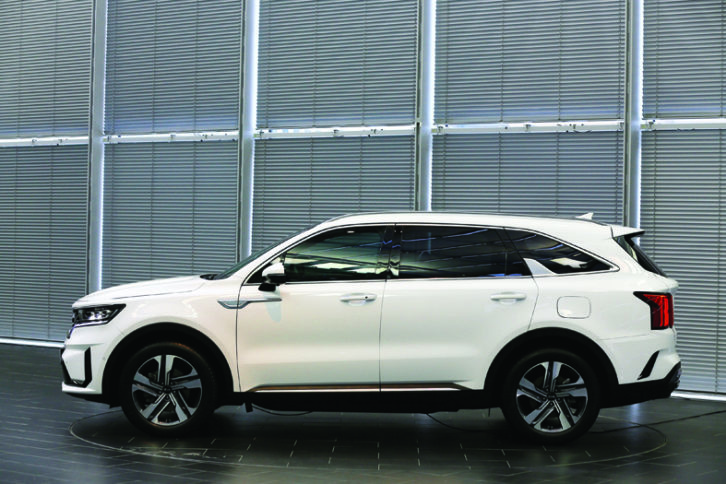
The hybrid 4×4 seven-seater model has a kerbweight of 1847kg, so it’s slightly heavier than the diesel version and has an 85% match figure of 1570kg. That’s within the 1650kg towing limit.
Kia has not published the maximum download on the towball, although we’d be surprised if it differs much from the 100kg limit of today’s car.
In most European markets, there will be front- and four-wheel-drive versions of both the diesel and the hybrid, as well as a choice of five- or seven-seat interiors.
No firm decision has been made as to whether all versions will be available in the UK, although it’s likely that all British Sorentos will be seven-seaters.
However, what is clear is that fans of the manual gearbox are out of luck. The new Sorento diesel comes with an eight-speed dual-clutch auto, and the hybrid has a six-speed auto. Neither of these can be specified with a manual.
As for the plug-in hybrid version, few details have been released. But we do know it should arrive before the end of the year.
More space
Today’s Sorento has a roomy, practical cabin, but the new model promises even more space. As well as being 10mm longer and 10mm wider, the new Sorento has an extra 35mm between the front and rear axles. Kia says that legroom in the first and second rows, and headroom for those sitting in the third row, have been significantly improved.
As before, the second row slides back and forth on runners, but the seats can now travel up to 45mm further, which will greatly improve legroom for those in seats six and seven.
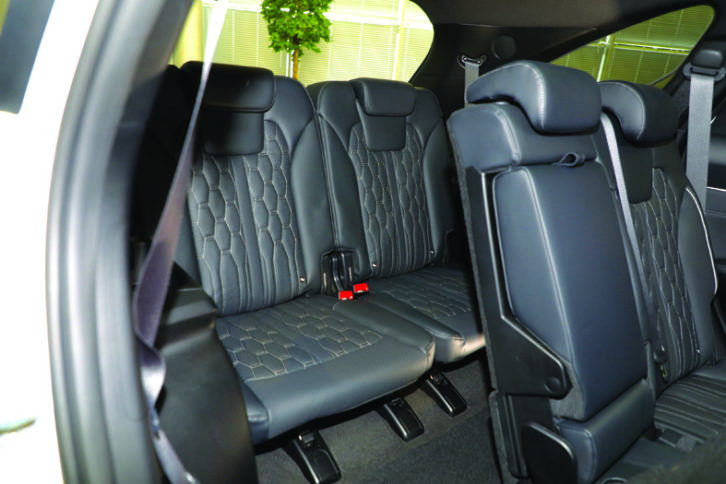
Luggage space is also better than before. Even with all three rows of seats in place, the boot capacity is 187 litres, which is a 32% improvement. Lower the third row of seats and that increases to 821 litres.
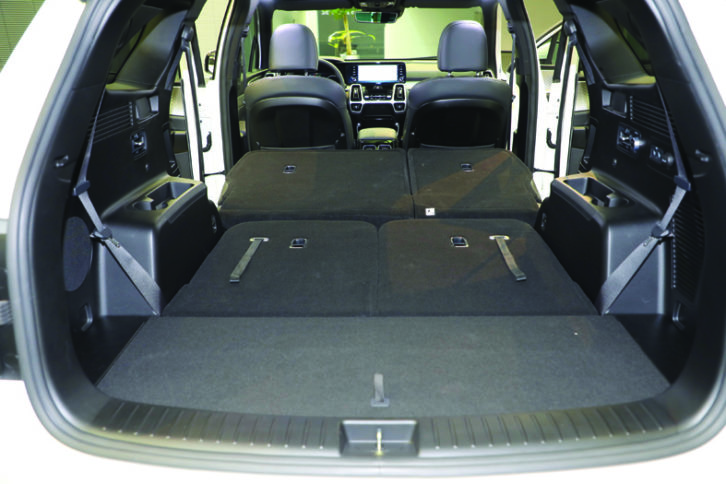
Connectivity and infotainment
Kia claims the new Sorento is the most high-tech car it has ever made. The most basic models come with an eight-inch touchscreen, and even this is compatible with Apple CarPlay and Android Auto. Higher-spec models will have a 10.25-inch screen as well as a 12.3-inch digital display, instead of conventional dials.
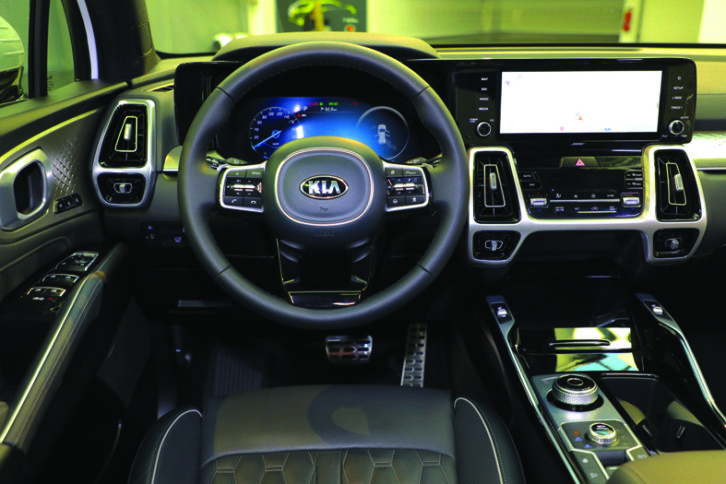
The Sorento will also be offered with the UVO Connect telematics system, providing live information about traffic conditions, weather forecasts, car parks and more.
A whole alphabet soup of driver aids is fitted, depending on specification. Advanced Driver Assistance Systems (ADAS) include Forward Collision-Avoidance Assist (FCA) with pedestrian, cyclist and vehicle detection, as well as Blind-spot View Monitor (BVM), Surround-View Monitor (SVM), Blind-spot Collision avoidance Assist (BCA), Driver Attention Warning (DAW), and many more.
There’s even a braking system that controls acceleration, braking and steering (under the driver’s supervision). Lane Following Assist (LFA) uses camera and radar sensors to maintain a safe distance from the car in front, while monitoring road markings to keep the Sorento in the centre of its lane.
Conclusion
The new Kia’s price won’t be confirmed until later in the year, but we’d expect to see a modest increase on the current car’s £30,250 starting point.
Although the lower kerbweight makes it suitable for a slightly narrower range of vans, in every other respect, it has the potential to improve on the current car. We look forward to testing it later in the year.
If you liked this…READ THESE:
If you’ve enjoyed reading this article, why not get the latest news, reviews and features delivered direct to your door or inbox every month. Take advantage of our brilliant Practical Caravan magazine SUBSCRIBERS’ OFFER and SIGN UP TO OUR NEWSLETTER for regular weekly updates on all things caravan related.
The 2.2-litre diesel is a new design, producing 199bhp and 325lb ft torque, almost identical to its predecessor
Technical Specifications
| Kerbweight | 1819-1847 kg |
